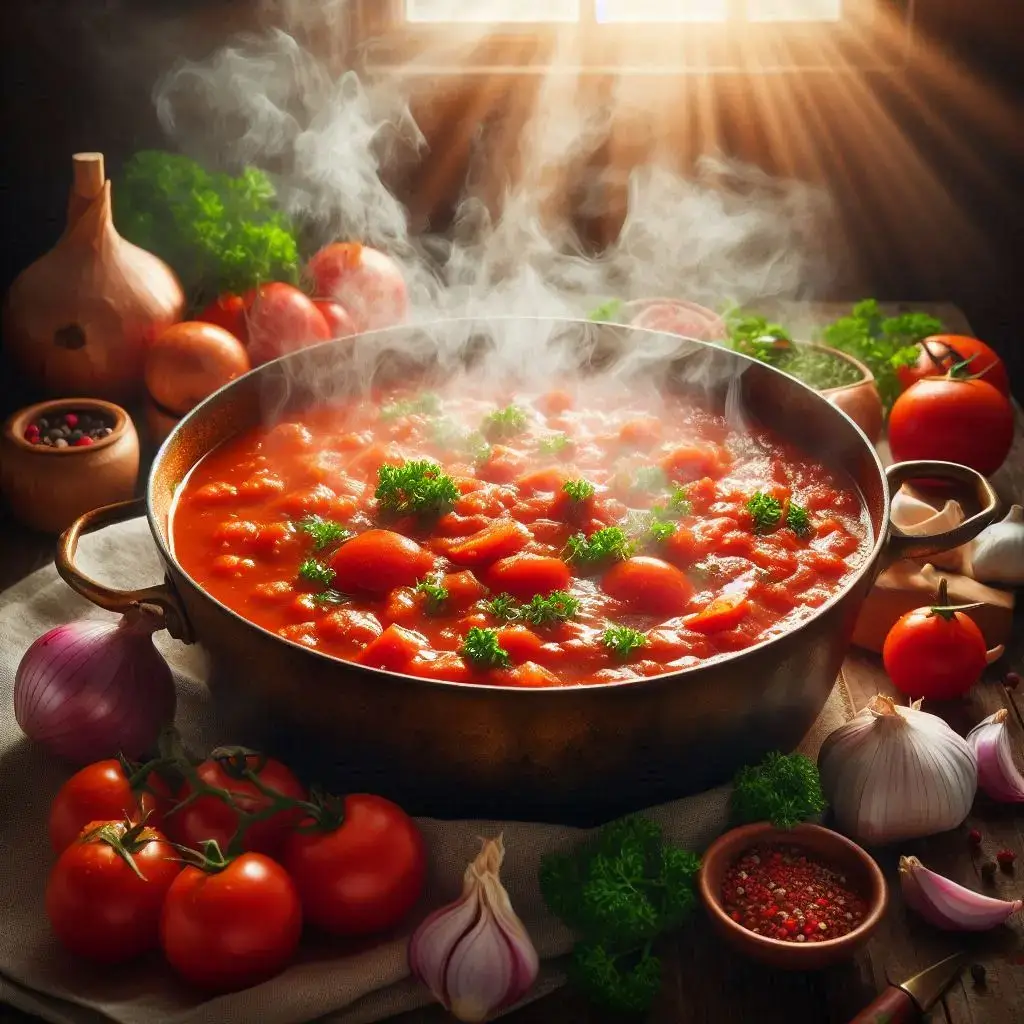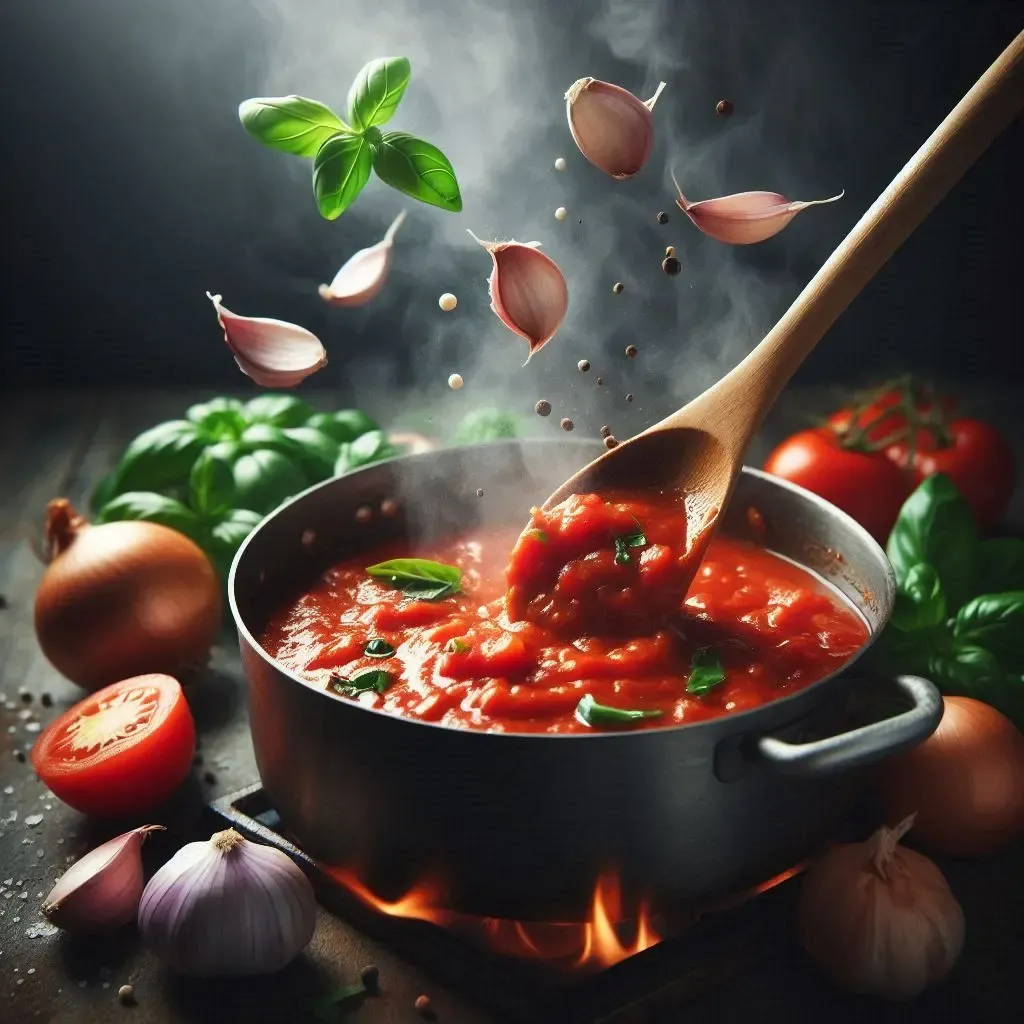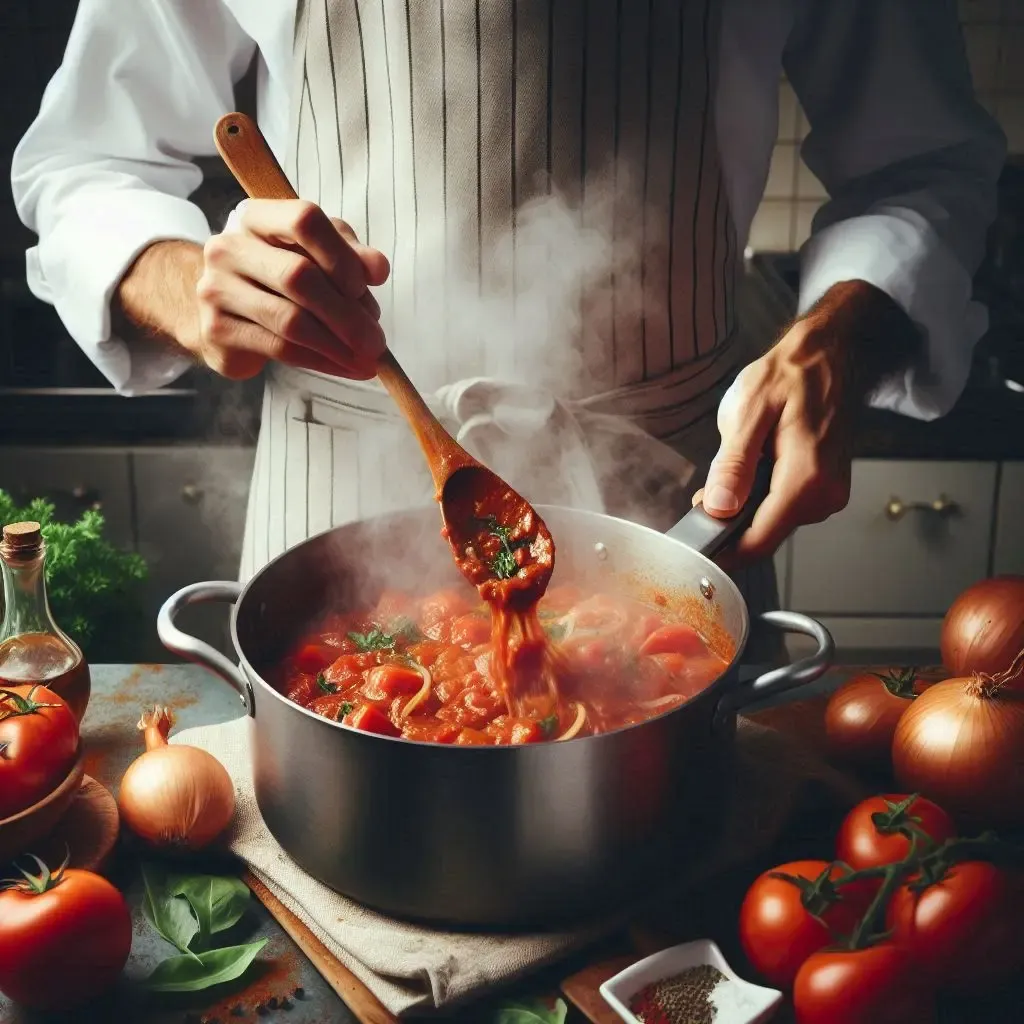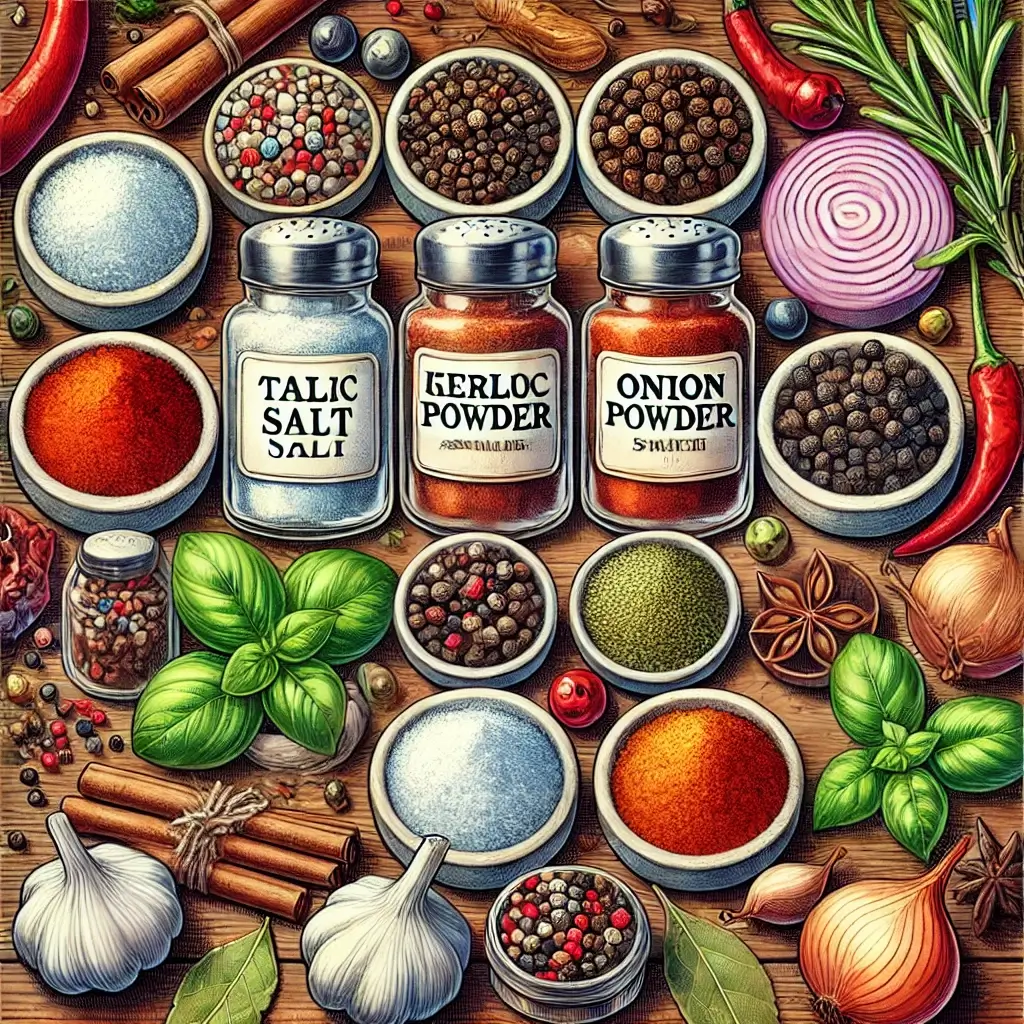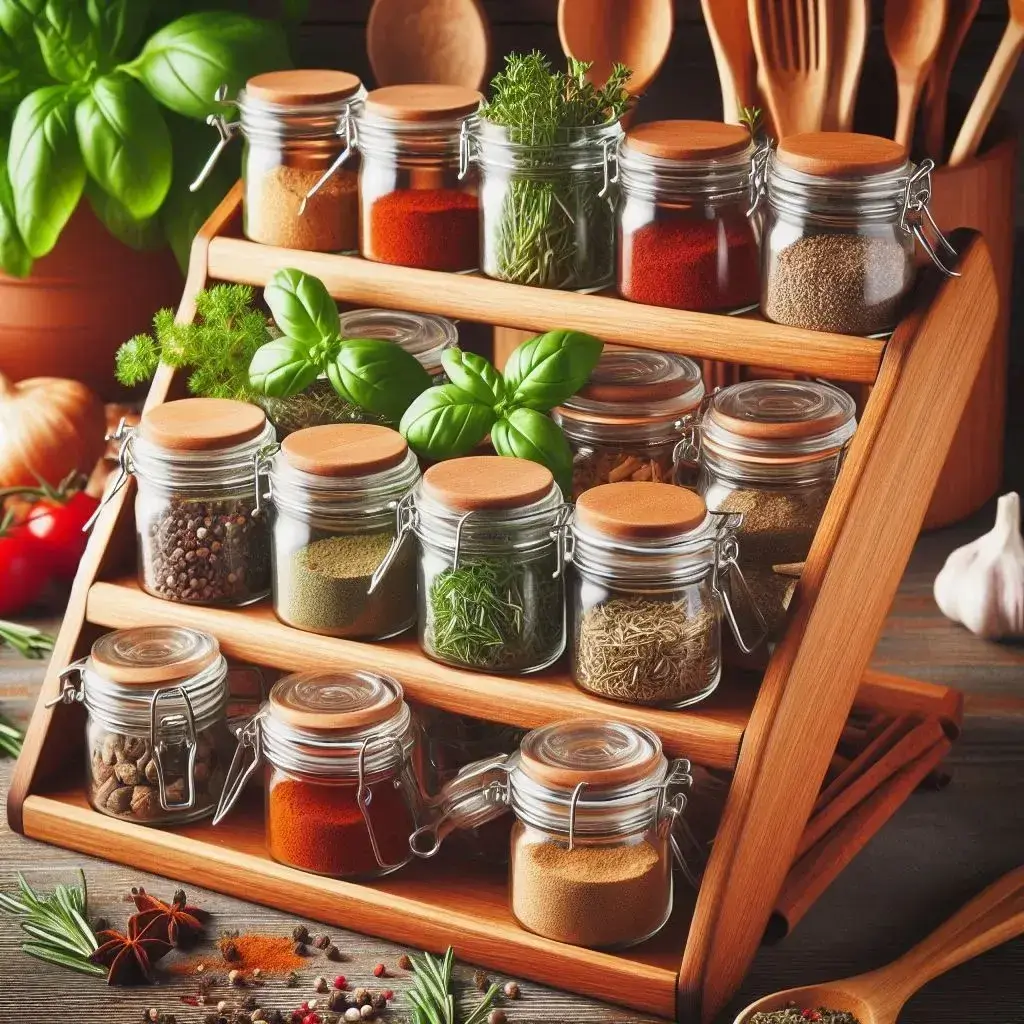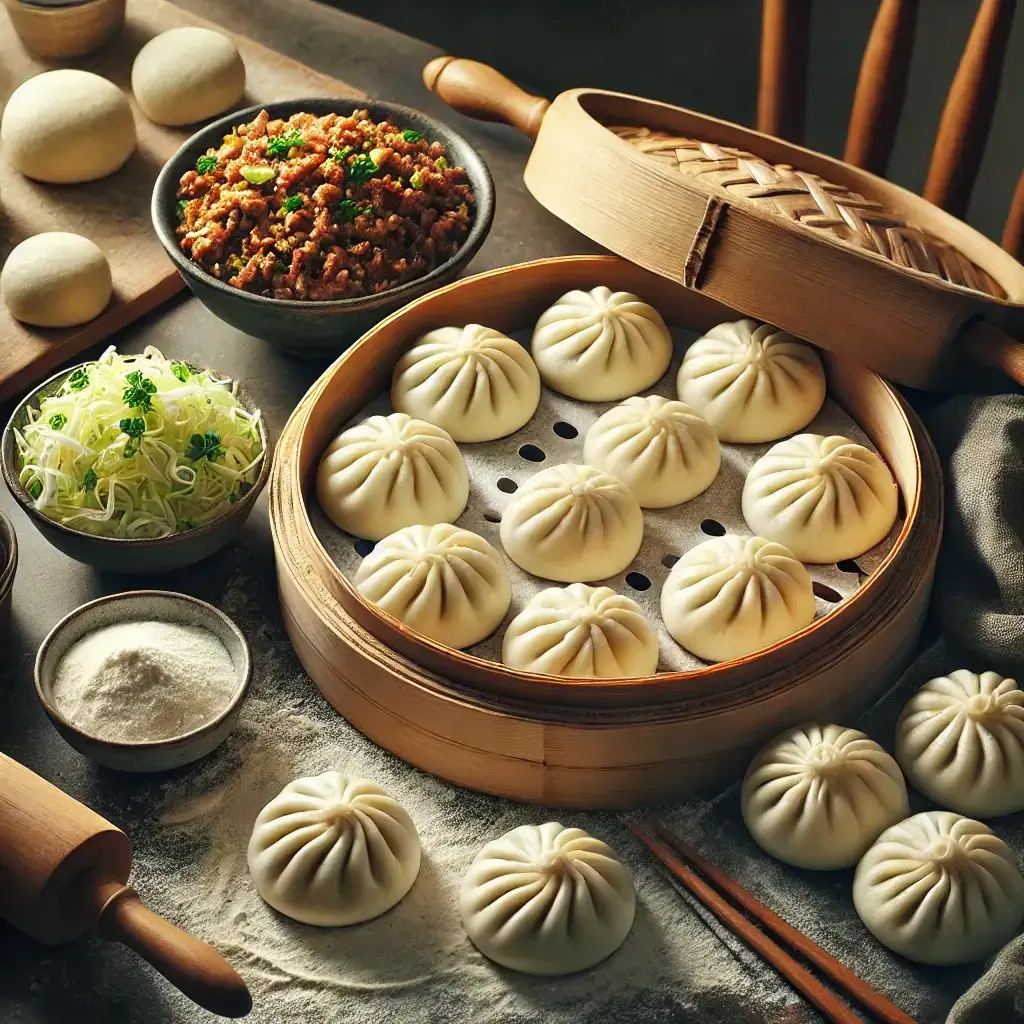
Table of Contents
Exploring Monday Food Deals: A Guide to Kickstart Your Week with Savings
Mondays can often feel like the longest day of the week. After a relaxing weekend, jumping back into the work routine might seem daunting. However, one thing that can make Mondays more enjoyable is the array of food deals available. Many restaurants and food chains offer enticing discounts and special offers to help you start your week on a delicious note without breaking the bank. In this guide, we’ll explore some of the best Monday food deals you can take advantage of.
1. Casual Dining Chains
Several casual dining chains offer discounts and special deals on Mondays to draw in customers looking to ease into the week. Here are some notable options:
- Applebee’s: Applebee’s often runs a “Monday Madness” deal where you can get a discounted appetizer or entrée. Some locations even offer a “Kids Eat Free” promotion, making it a great option for families.
- TGI Fridays: TGI Fridays is known for its all-day happy hour on Mondays. You can enjoy discounted appetizers, cocktails, and draft beers. Their popular deal, “$5 Mondays,” includes a variety of snacks and drinks, perfect for unwinding after a long day.
- Buffalo Wild Wings: Known for its sports bar atmosphere, Buffalo Wild Wings offers a “Boneless Mondays” deal where you can get discounted boneless wings. Pair this with a cold drink, and you’ve got a satisfying meal at a great price.
2. Fast Food Favorites
Fast food chains are also in on the action, offering quick and affordable Monday deals that are perfect for a lunch break or an easy dinner. Some of the popular deals include:
- McDonald’s: McDonald’s often features rotating daily deals through their mobile app. On Mondays, you might find discounted meals, such as a buy-one-get-one-free Big Mac or a special price on combo meals.
- Taco Bell: Taco Bell is known for its affordable menu, but on Mondays, you can often find even better deals. Look for promotions like the “$1 Cravings Menu” or a special on tacos and burritos.
- Wendy’s: Wendy’s frequently offers deals through its app, such as “Buy One, Get One for $1” on select items. This is a great way to enjoy their fresh, made-to-order burgers and chicken sandwiches without spending too much.
3. Pizza Deals
Pizza is a popular choice for many on Monday nights, and several pizza chains offer irresistible deals to satisfy your cravings:
- Domino’s: Domino’s typically offers a “Mix & Match” deal where you can choose two or more items for $5.99 each. This includes pizzas, breadsticks, and desserts, making it easy to feed a crowd.
- Papa John’s: Papa John’s often has a “Monday Pizza Special” where you can get a large pizza at a reduced price or a significant discount on your entire order. Keep an eye on their website or app for the latest offers.
- Pizza Hut: Pizza Hut’s “Monday Madness” deal might include a discount on large pizzas or special pricing on their famous stuffed crust. They also frequently offer deals on side items like wings and breadsticks.
4. Local Restaurants and Cafes
Don’t forget to check out your local restaurants and cafes, as many small businesses offer Monday deals to attract customers at the start of the week. Some common offers include:
- Happy Hour Specials: Many local bars and restaurants extend their happy hour specials to Monday nights, offering discounted drinks and appetizers. This is a great way to try out a new spot in your neighborhood without spending too much.
- Lunch Combos: Local cafes and diners often offer lunch specials on Mondays to draw in the weekday crowd. These might include discounted sandwiches, soups, and salads, perfect for a quick and affordable midday meal.
- Meal Deals for Two: Some local restaurants offer “dine-in for two” deals on Mondays, where you can enjoy a three-course meal at a fixed price. This is a fantastic option for a date night or a relaxed dinner with a friend.
5. Grocery Store Hot Bars and Takeout
If you prefer to eat at home but still want to take advantage of a deal, grocery stores often have discounted hot bar items or takeout options on Mondays:
- Whole Foods: Whole Foods frequently offers discounts on their hot bar items on Mondays. You can build your own meal with a variety of healthy options at a lower price.
- Safeway: Safeway’s deli section often has Monday specials on their prepared foods, such as rotisserie chicken, sandwiches, and salads. This is a great way to grab a quick and convenient meal without cooking.
- Trader Joe’s: Trader Joe’s might not have specific Monday deals, but their everyday low prices and unique offerings make it easy to create a delicious meal at home for less.


Conclusion
Mondays don’t have to be a drag, especially when you have access to so many food deals. Whether you’re in the mood for a casual dine-in experience, a quick fast-food meal, or something from your local grocery store, there’s a deal out there to help you save money while enjoying delicious food. So next Monday, take advantage of these offers and treat yourself to something special—you deserve it!
How to Make Chinese Noodles(3 Steps) – love a happy home (loveahh.com)






